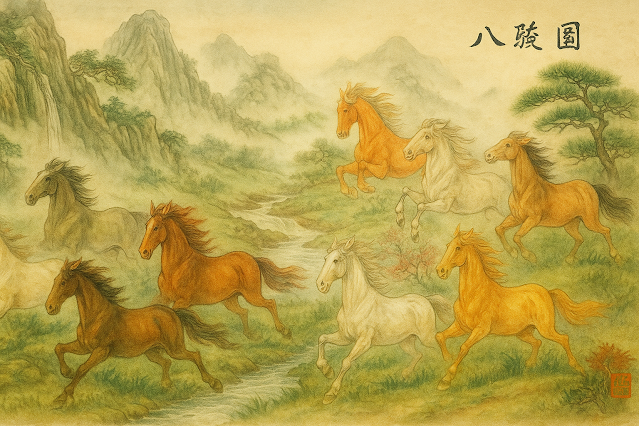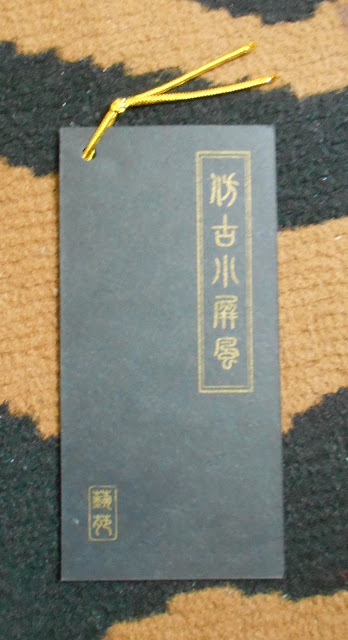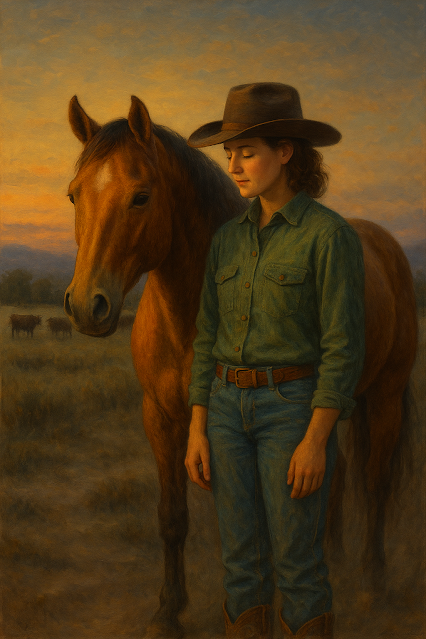Art in Miniature: Chinese Folding Screen Featuring Galloping Horses and Timeless Cultural Symbolism
Exploring the Legacy Behind “珍古小屏學”
Across cultures, horses have long been celebrated not just for their strength and beauty, but also for the powerful symbols they carry. In Chinese art, few images are as iconic as a galloping steed—especially when captured on a traditional folding screen. But what happens when this grand artistic tradition is miniaturized into a collectible form?
Enter the 珍古小屏學 (zhēn gǔ xiǎo píng xué), translated as “Precious Ancient Miniature Screen Art.” This exquisite folding screen replica bridges the world of historical artistry with the intimacy of a modern keepsake—featuring dynamic equine illustrations inspired by traditional Chinese painting.
📜 A Window into Traditional Art
The item in question is a decorative miniature screen, often produced in the Sichuan region of China, known for its fine handicrafts and traditional artwork under the name Shu Lin Gong Yi (蜀林工艺). Though not an antique, it is made in the spirit of replication and preservation, offering a glimpse into classical Chinese aesthetics.
These mini screens typically feature:
-
Lacquered wooden panels
-
Ink or printed illustrations
-
Poetic inscriptions or calligraphy
-
Gold stamping and decorative cases
While designed for decorative use, they often reflect deep cultural symbolism, much like their full-sized counterparts used historically in palaces, homes, and temples.
🐎 The Significance of Horses in Chinese Symbolism
The imagery on this particular screen highlights galloping horses, with strong references to the legendary “Eight Steeds of King Mu” (Ba Jun Tu, 八骏图). This motif symbolizes:
-
Strength and speed
-
Ambition and royal journey
-
Progress through obstacles
Each horse may appear in a distinct pose or landscape, reflecting movement through nature, time, or personal transformation. In Chinese belief systems, horses are also messengers between realms—carriers of destiny, spirit, and drive.
🎨 Visual Appeal for Horse and Art Enthusiasts
Though small in size, this miniature screen offers a rich visual experience:
-
Expressive brushwork or stylized prints
-
Elegant landscapes featuring mountains, trees, and water
-
Distinct poses and attitudes of the horses—from calm grazing to spirited gallops
For collectors of horse memorabilia or equestrian-themed art, this screen serves as both a decorative item and a conversation piece. It blends natural beauty with cultural depth, making it appealing to those interested in both East Asian art and equine representation.
🧧 Is It a Replica?
Yes—this item is a replica designed for modern collectors, gift-giving, or interior decoration. While it doesn’t carry the historical weight of a museum piece, it remains valuable for what it represents:
-
The continuation of traditional art forms
-
The enduring beauty of horses in motion
-
A compact way to enjoy cultural storytelling
Such replicas are often sold in specialty gift shops or cultural exhibitions, particularly in regions like Chengdu, Hangzhou, or Suzhou, where craft heritage is preserved and celebrated.
🐴 A Timeless Theme in a Modern Form
Whether you’re a horse enthusiast, a student of Asian art, or simply someone drawn to elegant, meaningful objects, a folding screen like this offers something unique. It captures the essence of movement, strength, and tradition—within a form you can hold, display, and cherish.
In a world that often moves too quickly, this piece reminds us to pause, reflect, and let beauty gallop softly through our everyday spaces.
 |
| Inspired by the Folding Screen |













